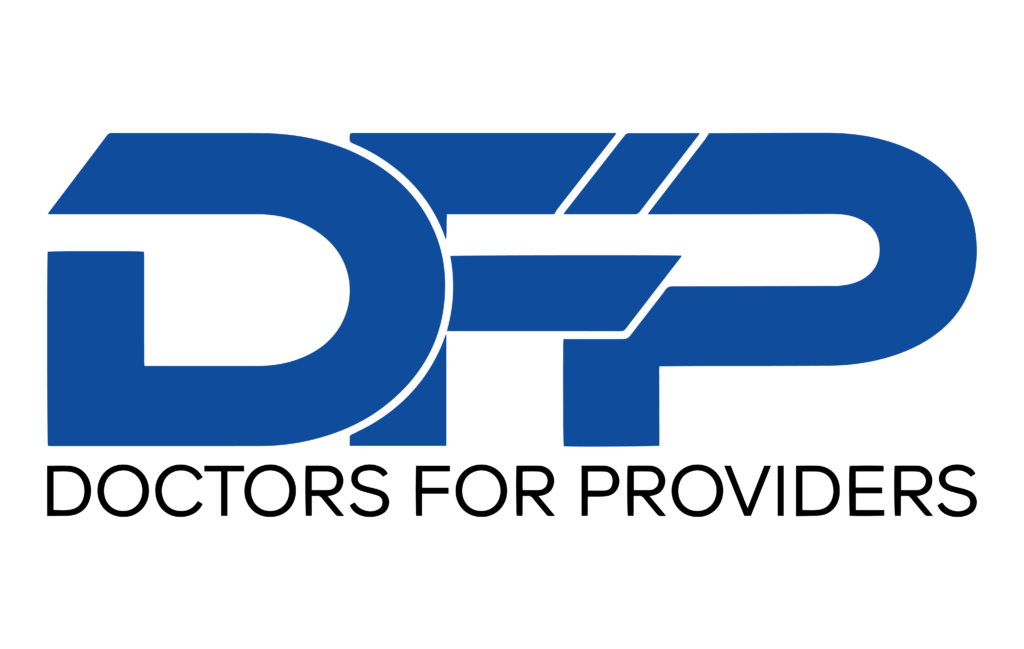A meet and greet collaborating physician session can serve as a pivotal first step when you’re seeking to establish a collaborative relationship with a new physician, whether for business partnerships, referrals, or other professional purposes. This initial meeting allows you to evaluate whether the collaboration aligns with your goals, values, and professional standards. Preparing well for this session can set the tone for a productive and mutually beneficial partnership.
Here are some best practices for your meet-and-greet session, including key questions to ask and red flags to watch out for to ensure a successful collaboration.

Do Your Research Ahead of Time
Before you attend the meet-and-greet session, research the physician’s background, including their practice areas, reputation in the medical community, and any public information about their approach to patient care. This will give you a good foundation for discussing how your goals align and help you assess whether their professional values are compatible with yours.
Set Clear Expectations
You must approach the meeting clearly and explain what you hope to achieve through this collaboration. Are you looking to form a referral relationship, discuss joint ventures, or explore specific patient care initiatives? Setting clear expectations for the meeting will help keep the conversation focused and productive.
Ask the Right Questions at the Meet and Greet Collaborating Physician
During the meet-and-greet, use your research to guide your conversation and ask insightful questions that will help you gauge whether this physician is the right fit for your collaboration.
Some questions to consider include:
- What is your experience with collaborative care models?
- This will help you understand their history with team-based approaches and whether they are open to working closely with other professionals.
- How do you prioritize patient care and communication with colleagues?
- Effective collaboration requires clear and open communication, so understanding their approach to these aspects will give you a sense of how well you can work together.
- What are your expectations for a collaborative relationship?
- This question helps clarify their expectations regarding involvement, compensation, and shared responsibilities.
- How do you handle disagreements or differences in opinion?
- Conflict resolution is critical in any professional relationship. This will help you determine if they approach such situations respectfully and professionally.
Be Ready to Discuss Your Own Goals and Expectations
Just as you’ll be evaluating the physician, you should also be prepared to articulate your goals and expectations for the collaboration. Discuss your priorities, what you hope to bring, and how you envision working together. Be transparent about your needs and values to ensure that both parties are on the same page.
Please pay Attention to Their Communication Style
Effective communication is a hallmark of any successful collaboration. Throughout the meeting, pay attention to how the physician communicates. Do they listen attentively to your questions? Do they provide clear and concise answers? Are they open to feedback or suggestions? These qualities can indicate how they will collaborate with you in the future.
Watch for Red Flags
While every collaboration requires flexibility, certain red flags should raise concerns during a meet-and-greet session. Some of these include:
- Lack of interest or enthusiasm: If the physician seems disinterested or unwilling to engage in conversation, this may signal a lack of commitment to a collaborative relationship.
- Poor communication skills: If they need help clearly explaining their thoughts or seem evasive when asked important questions, this could indicate a lack of openness or transparency.
- Overly rigid expectations: If the physician’s expectations seem inflexible or unrealistic, it could be challenging to maintain a productive collaboration in the long term.
- Avoidance of conflict: While a desire to avoid conflict is understandable, a physician who avoids discussing complex topics or potential disagreements may need to be equipped to handle the challenges of a truly collaborative partnership.
Discuss Next Steps
At the end of the meet-and-greet session, it’s essential to discuss the next steps. Will you schedule a follow-up meeting? Will there be any trial periods to assess the partnership? Establishing a clear action plan ensures that both parties understand what’s expected.
Breaking It All Down
Preparing for a meet-and-greet session with a collaborating physician is essential in forming a successful and productive partnership. By conducting thorough research, setting clear expectations, asking the right questions, and watching for red flags, you can ensure your collaboration will be a positive and mutually beneficial experience. When approached thoughtfully, a collaborative relationship can improve patient care, expand professional networks, and create new opportunities for success.

Frequently Asked Questions
What is a meet-and-greet session with a collaborating physician?
A meet-and-greet session is an initial meeting between you and a potential collaborating physician. It allows both parties to assess their goals, values, and professional standards before moving forward with a partnership. This session provides a chance to discuss how you might work together, your roles, and whether the collaboration is a good fit.
Why is preparation necessary for a meet-and-greet session?
Preparation is critical to ensuring a productive and focused conversation. By researching the physician’s background, setting clear expectations, and preparing relevant questions, you can ensure that the meeting remains aligned with your objectives and that both parties are well-informed about each other’s practices and expectations.
How can I ensure that the collaboration is aligned with my professional values?
During the meet-and-greet, you can assess the physician’s approach to patient care, communication, and collaborative work. By asking questions about their values and discussing your own, you can determine if you share similar approaches to patient treatment, decision-making, and overall practice philosophy.
What should I do if the physician seems uninterested or disengaged during the meeting?
If the physician appears disinterested or disengaged, it may indicate they must be fully committed to the potential collaboration. It would help if you considered addressing the issue directly, asking them for clarification on any concerns they may have, or reconsidering whether they are the right fit for the collaboration.
Is it necessary to bring any documentation or materials to the meet-and-greet session?
While only sometimes required, bringing any relevant documentation that may help discuss the collaboration is a good idea. This could include a brief overview of your practice or business, professional goals, or any specific points you want to address during the meeting. This can help guide the discussion and demonstrate your seriousness about the partnership.
What if we disagree on everything during the meet-and-greet session?
Disagreements are natural in any professional setting. It’s essential to gauge how the physician handles such disputes and whether they are open to finding common ground. If the disagreements seem too significant or unresolvable, it might be worth reconsidering the collaboration. A successful partnership requires mutual respect and the ability to navigate differences professionally.
How can I tell if the physician genuinely wants long-term collaboration?
A physician genuinely interested in a long-term collaboration will ask thoughtful questions, show engagement throughout the conversation, and be open to discussing future steps. If they demonstrate flexibility, a willingness to compromise, and a focus on shared goals, it’s a good sign that they see potential for a lasting professional relationship.
What should I do after the meet-and-greet session?
After the session, reflect on the discussion and evaluate whether the collaboration aligns with your professional needs. If you’re interested in moving forward, reach out to schedule the following steps: another meeting, a trial period, or formalizing the partnership. If the collaboration isn’t the right fit, declining and moving on to other opportunities is fine.
Can I meet with multiple physicians before deciding on a collaboration?
Yes, meeting with multiple physicians can help you assess a range of potential collaborators before committing to one. It allows you to compare different practices, communication styles, and collaborative approaches to decide which physician best aligns with your goals.
Offsite Resources for You
American Medical Association (AMA) – https://www.ama-assn.org
The AMA offers guidance on medical professionalism, collaboration, and partnership best practices.
American Academy of Family Physicians (AAFP) – https://www.aafp.org
AAFP provides resources on collaborative care models and tips for effective physician partnerships.
National Institutes of Health (NIH) – https://www.nih.gov
The NIH is a comprehensive resource for medical professionals looking to stay informed about the latest research and best practices in patient care and collaboration.
American Academy of Physician Assistants (AAPA) – https://www.aapa.org
The AAPA offers insights into collaborative practice models and how to navigate working alongside physicians and other healthcare professionals.
MedPage Today – https://www.medpage.com
A resource for healthcare professionals that provides news, opinions, and articles on the latest trends in collaborative healthcare.
National Collaborative for Improving the Clinical Learning Environment – https://www.ncicle.org
This site focuses on strategies for enhancing collaborative learning environments and effective partnerships in healthcare settings.

What’s Next for You?
Ready to take the next step in building valuable physician collaborations? Register for free today at Doctors4Providers and unlock access to a network of qualified professionals dedicated to enhancing patient care through seamless partnerships. Whether you want to expand your practice, connect with like-minded colleagues, or explore new collaborative opportunities, our platform offers the tools and resources you need to succeed. Don’t miss out on this opportunity to elevate your practice—sign up now and start building meaningful, long-term professional relationships today!

